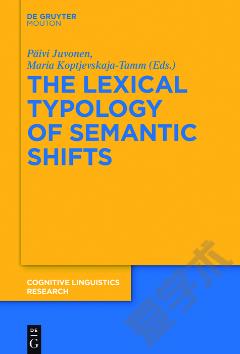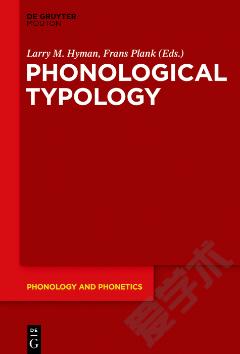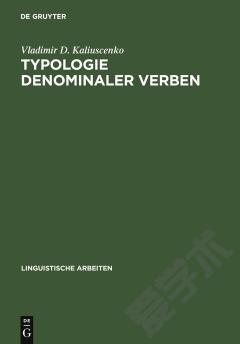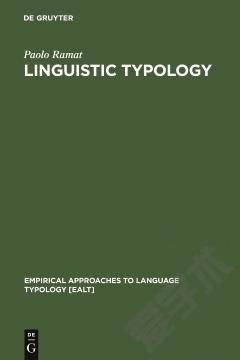The Typology of Semantic Alignment
PART I INTRODUCTORY AND GENERAL 1. The Study of Semantic Alignment: retrospect and state of the art 2. Semantic Alignment Systems: what's what and what's not 3. Split Intransitives, Experiencer Objects, and 'Transimpersonal' Constructions: (re-)establishing the connection 4. Thematic Roles, Event Structure, and Argument Encoding in Semantically Aligned Languages PART II EURASIA 5. Why are Stative-Active Languages Rare in Eurasia? Typological Perspective on Split Subject Marking 6. Losing Semantic Alignment: From Proto-Yeniseic to Modern Ket 7. Intransitive Split in Tundra Nenets, or How Much Semantics Can Hide Behind Syntactic Alignment 8. From Ergative Case-Marking to Semantic Case-Marking: the case of historical Basque PART III THE PACIFIC 9. The Semantics of Semantic Alignment in Eastern Indonesia: Forms, Semantics, Geography, Possible Diffusion 10. The Emergence of Stative-Active Systems in North Halmahera, Indonesia 11. Verb Classification in Amis PART IV THE AMERICAS 12. The Emergence of Agentive Patient Systems in Core Argument Marking 13. Argument Dereferentialization in Lakhota 14. The Emergence of the Active/Stative Alignment in Otomi 15. Voice and Transitivity in Guarani 16. Agreement in Two Arawak Languages: Baure and Kurripako 17. Semantic Motivations of Pilaga Subject-Marking References Index of Languages Index of Terms
{{comment.content}}








 京公网安备 11010802027623号
京公网安备 11010802027623号